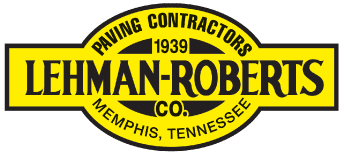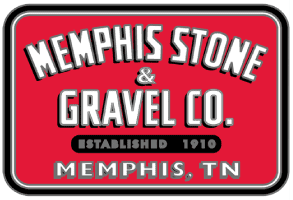By: Taylor McPherson, Director of Communications and Community Engagement
Have you ever thought about the impact that materials like sand and gravel have on your day-to-day life? At first glance, it may seem like they don’t hold much direct influence. However, our communities – the houses, businesses, roads and bridges we use every day – would look drastically different without these crucial materials. Most only ever see the Memphis Stone & Gravel aggregate plants once they are up and running. However, few see the before and after of each site, as well as the countless hours that have gone into the discovery, mining and reclamation processes.
So, what effect does this have on the average person? To put it simply, prospecting is arguably the beginning point of everything in infrastructure. To build roads and bridges, we need materials to create the road base. To source these materials, we need wash plants to mine them. To mine them, we first need to locate them. That’s where our prospecting team steps in.
This team works in earnest, always behind the scenes to ensure success from start to finish. “The best way to explain our crew is that they’re pioneers,” said Corbin Moore, Geologist and QA/QC Specialist. He continued, “They’re the first ones to locate a resource for us to mine and the last ones on the property once it’s all mined out and time to restore the land.”

Like any job, prospecting comes with its own challenges. The team has to take into account a number of different factors when doing their job, including adherence to strict environmental and safety regulations. However, this crew has proven time and time again that they are adaptable and willing to take on any task.
No two days are the same for this crew, but one constant remains: their office can always be found in the great outdoors. Once they’re sent a location to assess, they head to the site to begin drilling with a rig-mounted ATV. This drills a continuous flight auger with an 8-inch diameter hole. Everything they drill migrates up the hole for inspection. While drilling, teammates alternate between putting the auger on, shoveling and sampling the resources to see how they can potentially fit the needs of our community in the future. When they’re not drilling, they can be found maintaining mining landscapes through tasks such as erosion control, which holds sediment back and allows water to flow through in order to stop pollution to water sources.
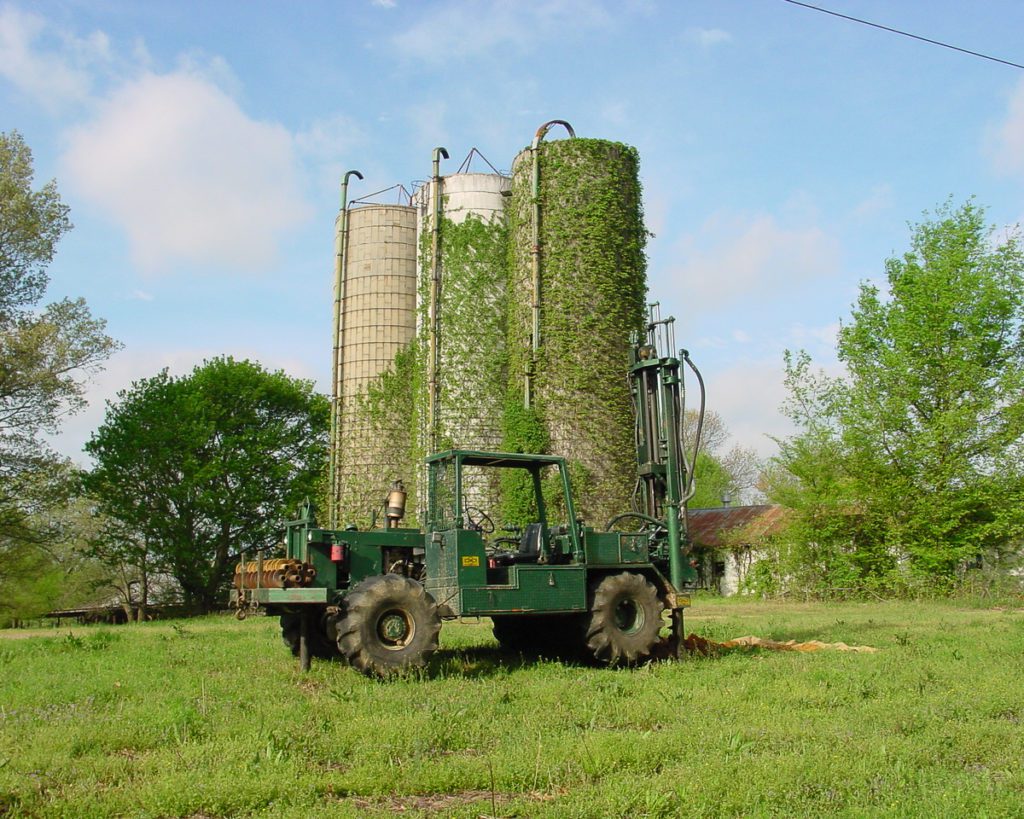
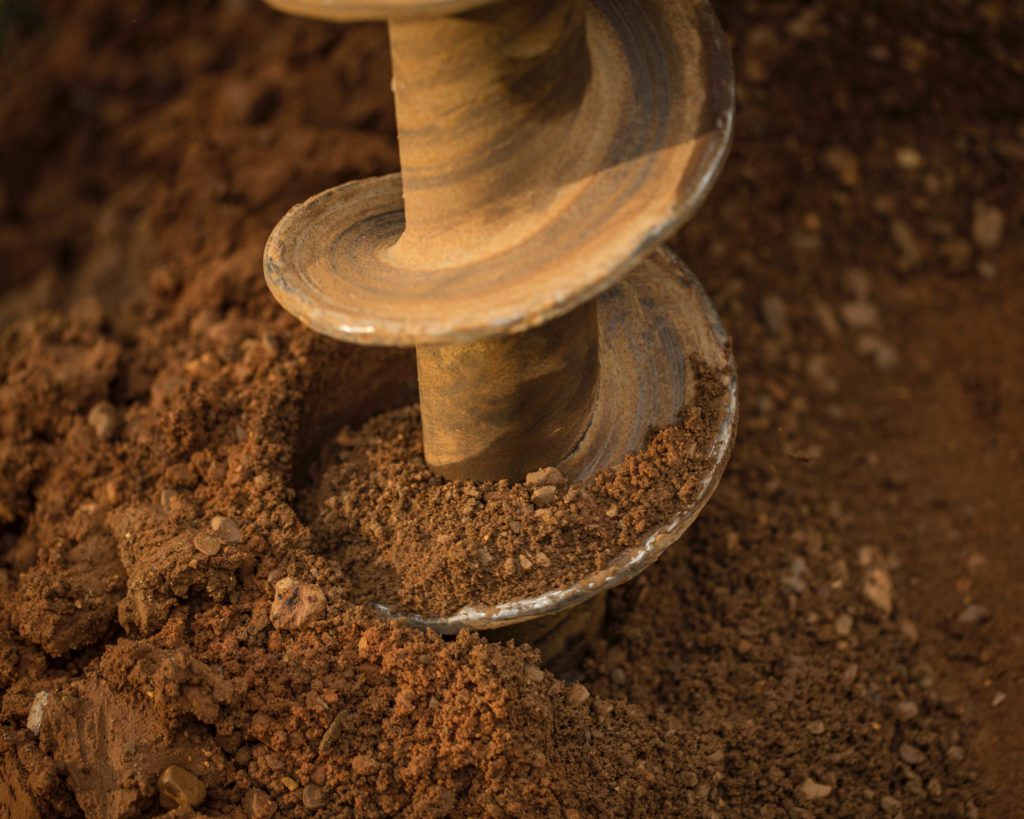
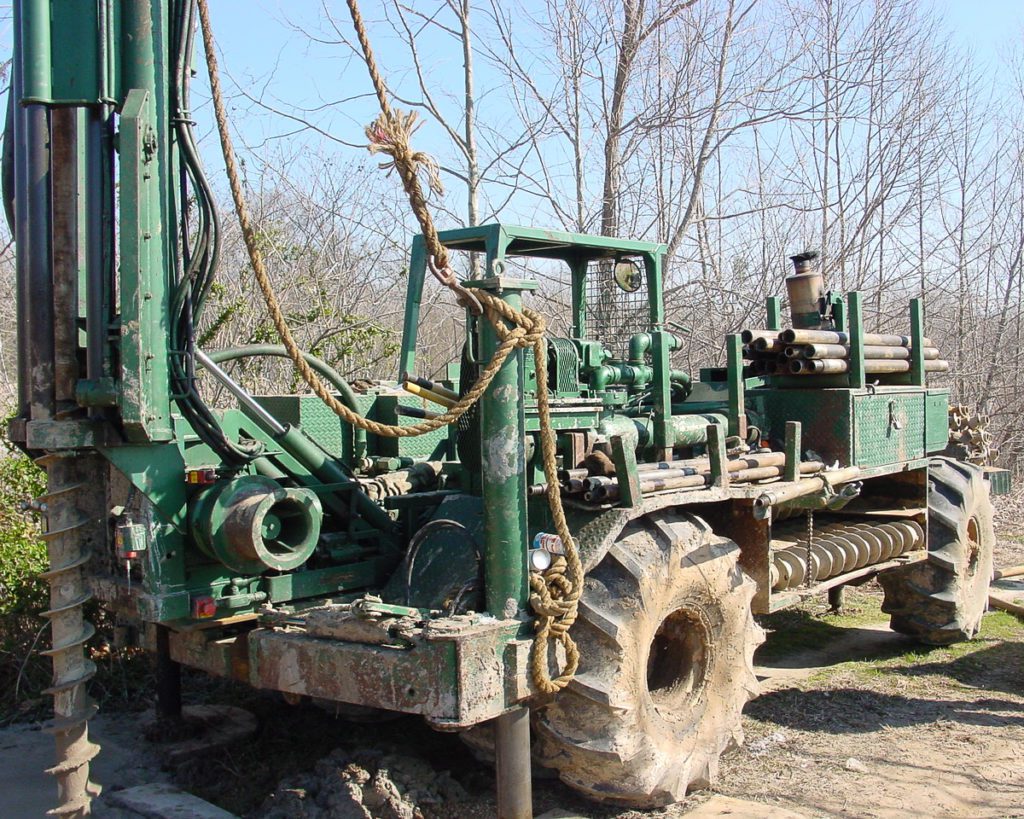
There’s a common misperception that the work we do causes an adverse impact on our environment. However, the drilling process is minimally invasive, with no chemicals or additives at all. In addition, the equipment we use is pulled on tires similar to that of a tractor.
“[The drilling process] is similar to you digging a hole in the ground to put a fence or post up,” remarked Corbin. “The perception is that we’re going to roll in with huge excavators and start digging anywhere without rhyme or reason… That’s not it at all. When we drill a hole [on average 65 feet deep], we backfill and basically put it back together when we’re done. Most of the time the property owners can’t even tell we were there once we finish. All they’re left with is a 3-foot mound that typically flattens out after a good rain.”
While this crew currently specializes in both the exploration and environmental sides of the job, there are plans in the near future to split this into two separate teams. Are you interested in joining this team of pioneers to locate resources that our communities are built on? Check out openings here: https://www.lehmanroberts.com/openings/
Do you have questions about our mining process? Learn more here: https://msgravel.com/process/

